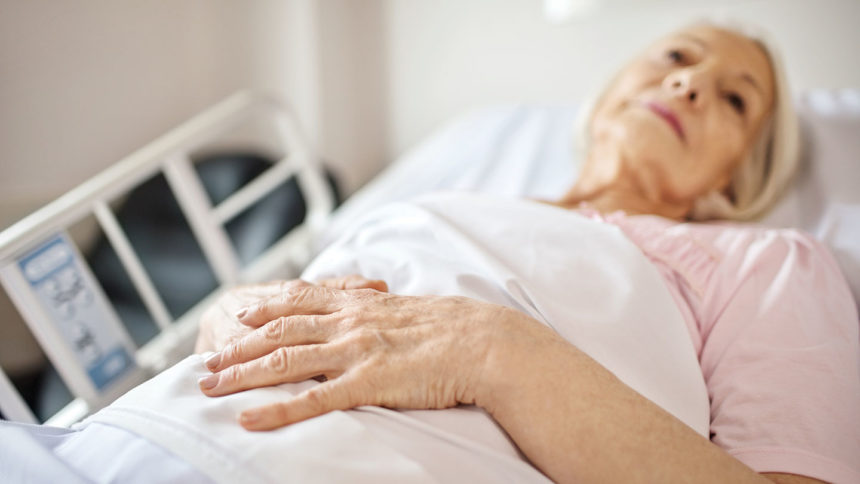
With some extra support from their managers, staff at long-term care communities can reduce the use of physical restraints on residents without raising the risk for falls, according to a new study.
Bed rails and belts are an example of the physical restraints used to limit movement in nursing homes and assisted living communities. They’re used to prevent falls and injuries that can come from taking a spill. But using them can have negative consequences and may not have benefits.
Restraints can limit physical function and mobility and boost the risk for falling. They can also increase a person’s dependency on caregivers. Using the restraints can become an ethical issue for people with dementia, who often cannot give the caregivers permission to use — or not use — them.
The new report in Cochrane Database of Systematic Reviews updates a report originally published in 2011 with new research. The authors looked at 11 studies with 19,003 participants to see what types of interventions worked best.
Organizational interventions — a package of tools to improve skills in staff to prevent restraint use — had the strongest supporting evidence to reduce the use of restraints. This type of strategy was the focus of four studies with 17,954 participants. Three studies cited training designated staff members as “champions” who could enact strategies to prevent restraint use. Managers supported these staff members, giving them extra time to research and implement the restraint-reduction strategies.
As a result, organizational interventions reduced the number of residents with restraints by 14%. There wasn’t a change in people who experienced falls, nor was there an increase in residents getting psychotropic medication. Additionally, no adverse effects from the interventions were reported.
The authors say the organizational intervention method could reduce the number of people at facilities who get restraints from 274 to 236 for every 1,000 people.
Changes on the organization level are key to make it happen, the authors said.
“The results of this review show that physical restraints in nursing homes can be reduced without increasing falls or fall-related injuries,” Ralph Möhler, lead author and a researcher from the University Hospital Düsseldorf in Germany, told MedicalXpress.
“There is no evidence in the reviewed studies that psychotropic medications were prescribed more often. However, education for frontline staff alone doesn’t seem to be enough; the support of care home managers plays a decisive role,” Möhler added.



